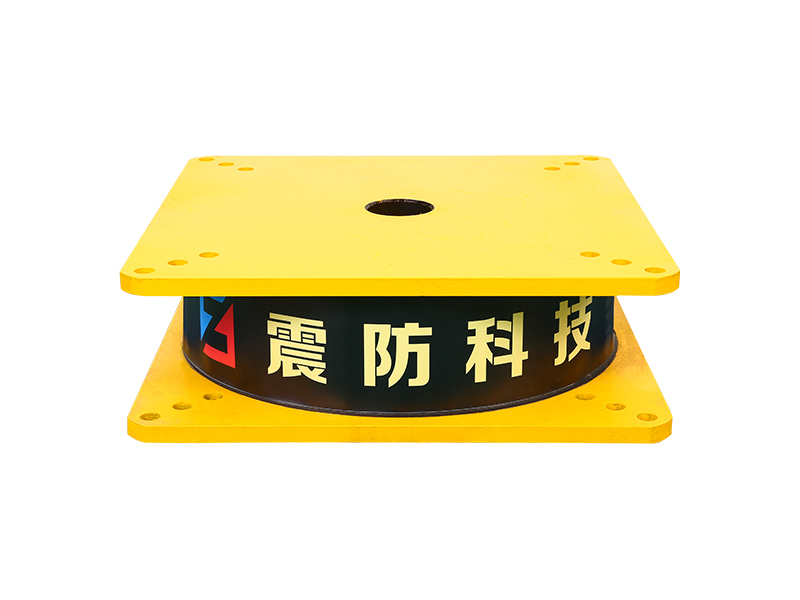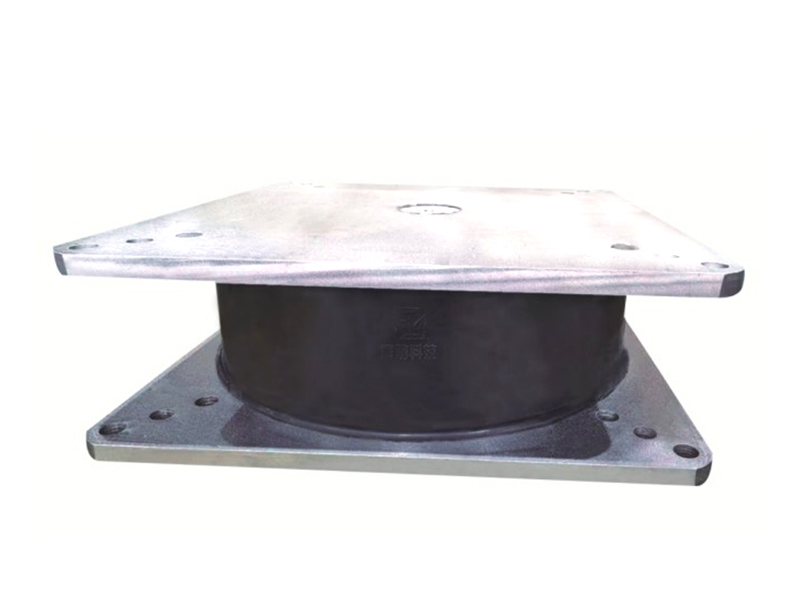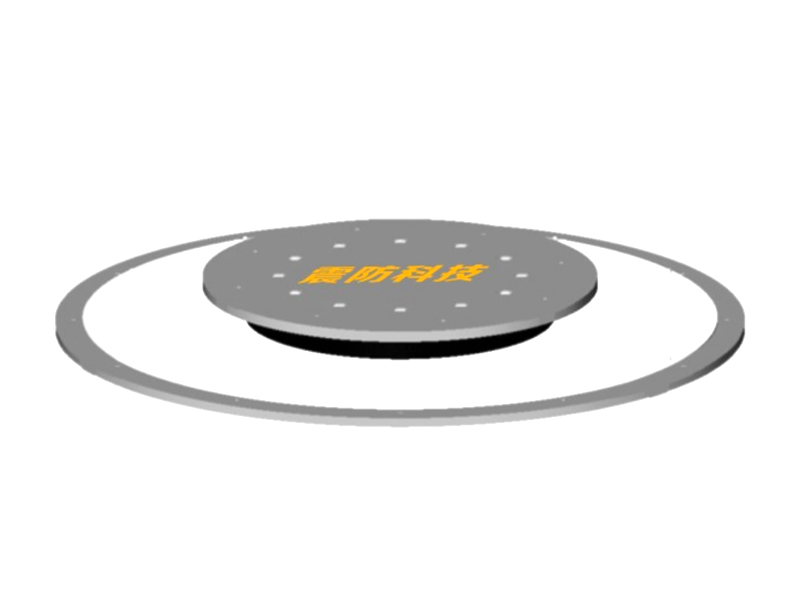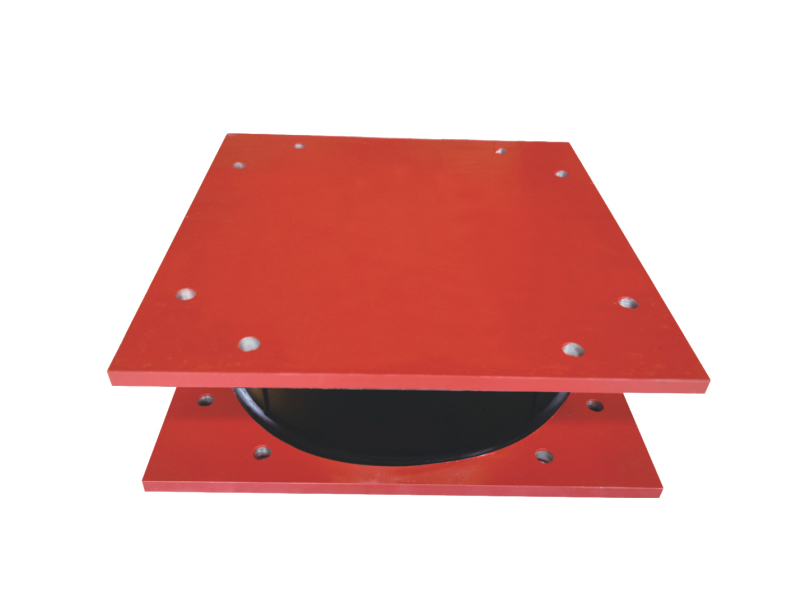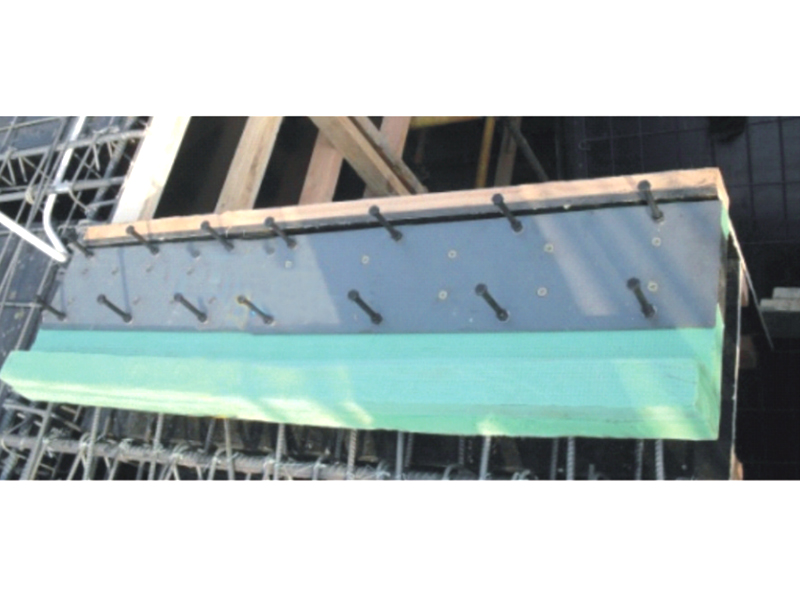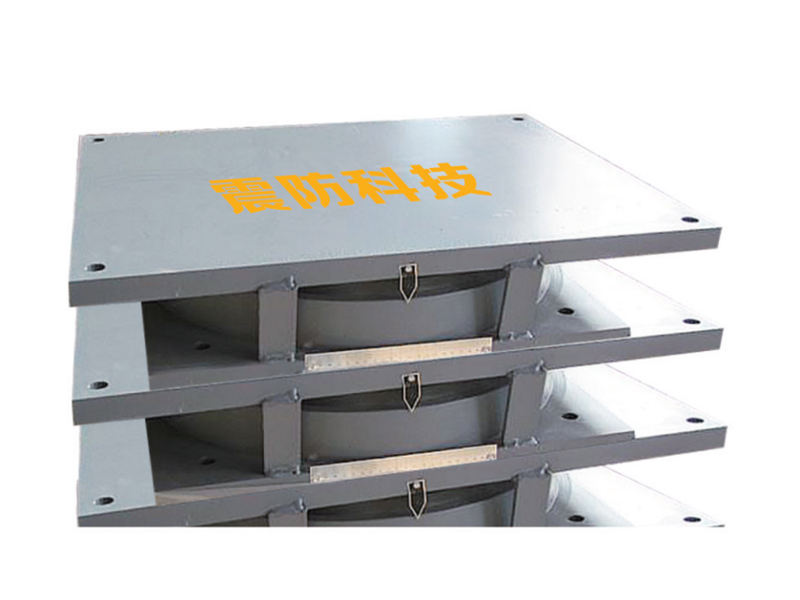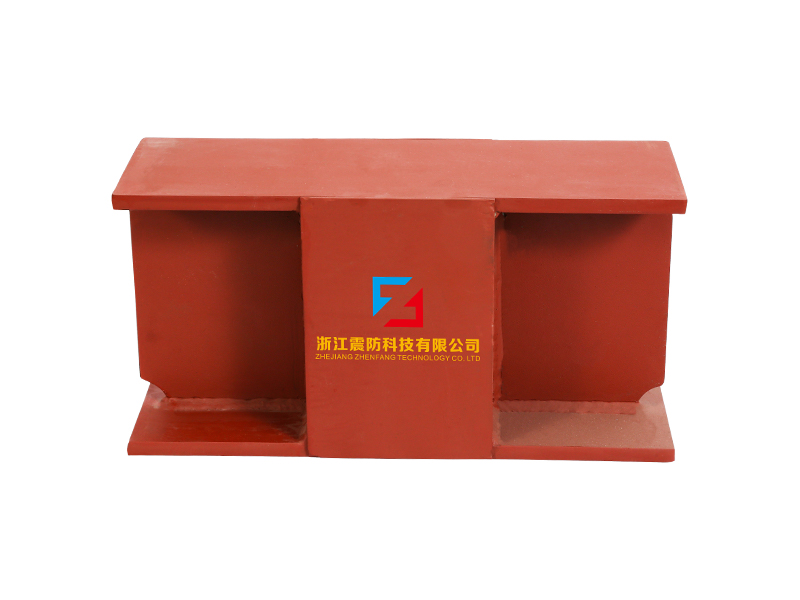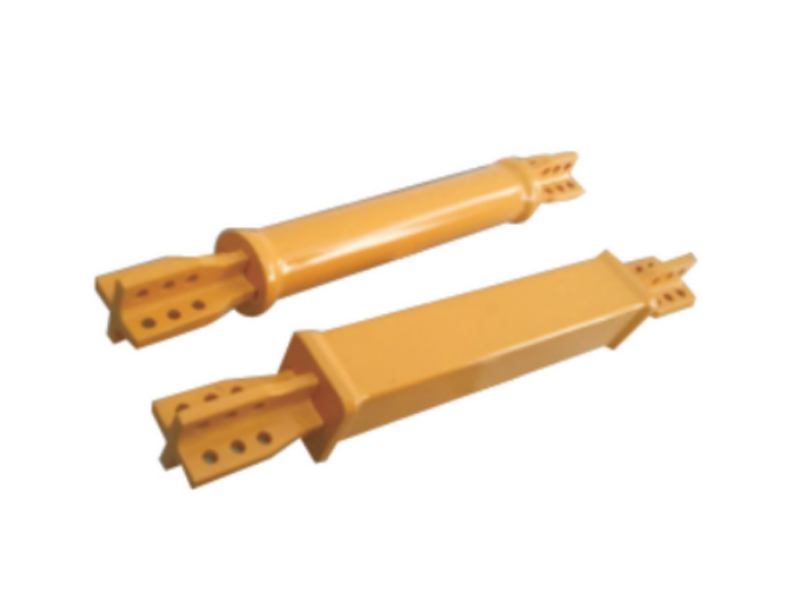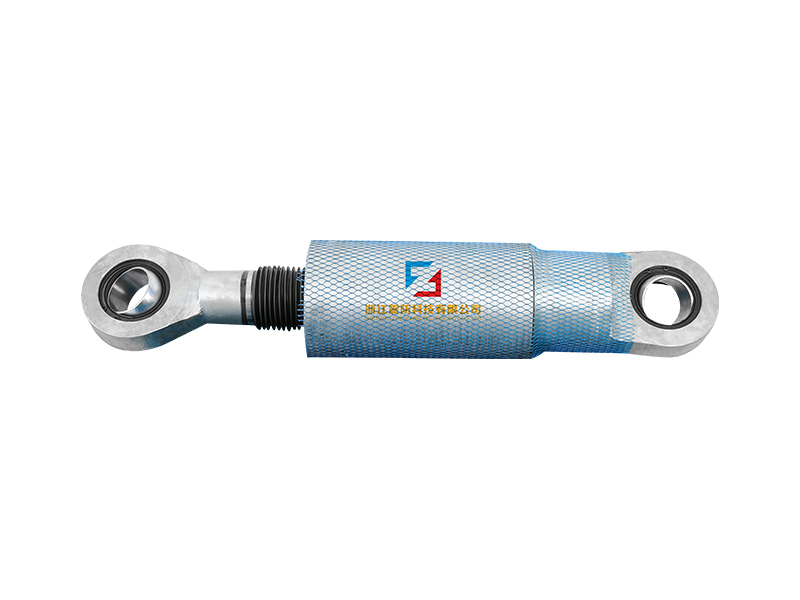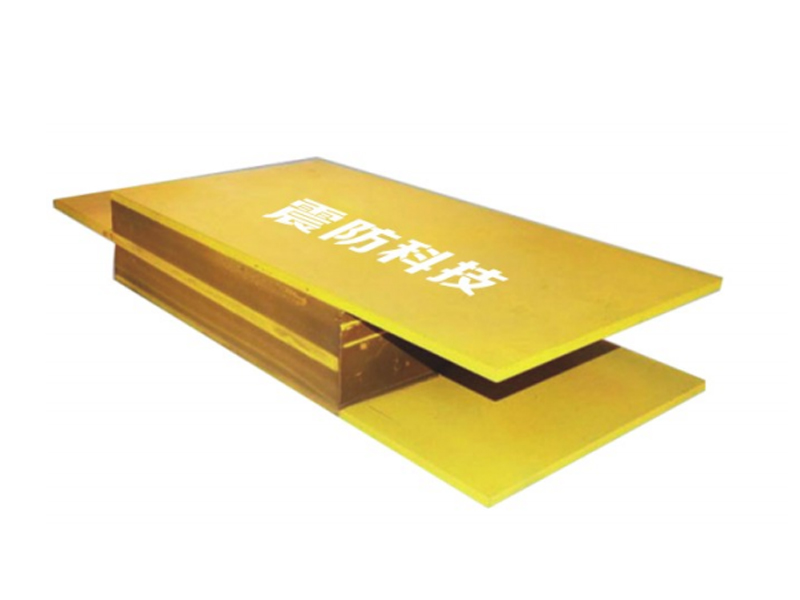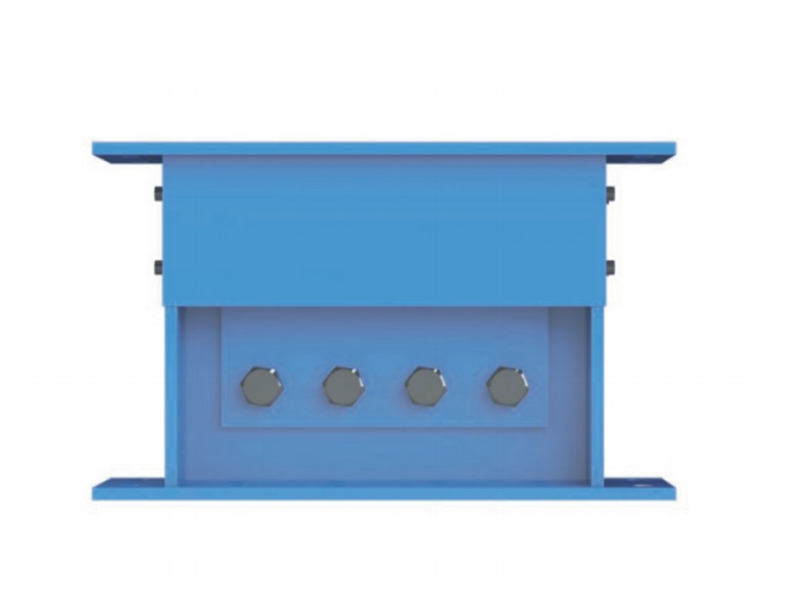In the pursuit of enhancing structural resilience against seismic forces, engineers have turned to an ingenious solution:
Friction Pendulum Isolation Bearings (FPIBs). These innovative bearings serve as a cornerstone in fortifying structures against earthquakes, mitigating their impact, and ensuring the safety and stability of buildings and infrastructure in seismic zones.
At the heart of Friction Pendulum Isolation Bearings lies a sophisticated mechanism designed to absorb and dissipate seismic energy. Consisting of a sliding mechanism between two plates, typically with a low-friction surface and a spherical concave, these bearings allow controlled movement in response to seismic waves. This mechanism enables buildings to sway and oscillate without transmitting excessive forces to the structure.
The ingenious design of FPIBs facilitates their capacity to decouple a building from ground motion during seismic events. When installed at the base of a structure, these bearings allow the building to move independently, effectively isolating it from the damaging effects of seismic waves. By dissipating energy through controlled sliding and friction, FPIBs minimize structural stress and prevent potential damage or collapse.
The versatility of Friction Pendulum Isolation Bearings extends beyond earthquake resilience. These bearings have applications in a wide spectrum of structures, including bridges, industrial facilities, and heritage buildings. Their ability to protect structures against the destructive forces of seismic events while maintaining their structural integrity marks them as indispensable components in seismic design strategies.
Moreover, the implementation of FPIBs exemplifies an innovative approach towards ensuring the safety of occupants and preserving infrastructure. By allowing controlled building movement, these bearings enhance occupant safety during earthquakes by minimizing the risk of structural failure or collapse, thereby providing vital time for evacuation.
The utilization of Friction Pendulum Isolation Bearings also aligns with sustainable engineering practices. Their role in reducing structural damage and the need for extensive repairs or replacements after seismic events contributes to the overall sustainability of buildings and infrastructure. By extending the lifespan of structures, these bearings advocate for eco-friendly and cost-effective solutions.
In conclusion, Friction Pendulum Isolation Bearings stand as a testament to innovation and resilience in structural engineering. Their capacity to isolate structures from seismic forces, protect against structural damage, and ensure occupant safety during earthquakes signifies their pivotal role in safeguarding buildings and infrastructure in seismic-prone regions.
As the demand for seismic resilience continues to grow, the adoption of Friction Pendulum Isolation Bearings is set to expand. Their impact in mitigating seismic risks, preserving structural integrity, and ensuring the safety of occupants underscores their indispensable role in shaping the future of structural engineering and seismic design methodologies.
